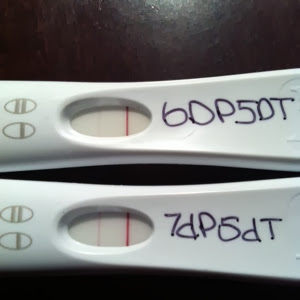
Marsh scores range from stage 0, 1, and 2 to stage 3a, b, or c. This means you/they might develop the disease later on.ĭoctors use a system called Modified Marsh Scores to check the level of damage to the small intestine caused by celiac disease. It is also possible that you/your child have potential celiac disease.NCGS is not an immune reaction to gluten. People with NCGS often have the same symptoms as people with celiac disease. You/your child might have another condition called gluten sensitivity (also called non-celiac gluten sensitivity, or NCGS).If the results come back negative for celiac disease. Symptoms typically get better after removing gluten from your/your child’s diet. While there is no cure for celiac disease, following a gluten-free diet lets the intestine heal. Follow a strict gluten-free diet under the care of a licensed dietitian.If the results come back positive for celiac disease… These symptoms usually go away after a few hours. It is normal for you/your child to have a sore throat, feel drowsy or have bloating.Even after a minor procedure, it is a good idea to prepare for a friend or family member to bring you/your child home. You/they will stay in a recovery room while it wears off. You/your child can go home when the anesthesia or sedation wears off.An endoscopy and/or biopsy usually takes 30 minutes (half an hour).You/your child will not feel pain when doctors take the samples. The lining of the small intestine does not have nerve endings. Doctors will take 4-6 small samples of the lining of the small intestine to check under a microscope. The endoscope has tiny tools attached for taking samples.They will guide the endoscope gently down your/your child’s throat until it reaches the small intestine. Doctors use an endoscope to check for signs of damage in the small intestine.The doctor will give you/your child a pain-relieving throat spray, so you/they do not feel the endoscope when it goes down.Teens and young adults are given sedation. Depending on your/your child’s age, you/they will be placed under general anesthesia or under light sedation (medication to help them feel drowsy and relaxed).

While this might be uncomfortable, it is an important step in seeing whether symptoms get better when gluten is removed from your/your child’s diet.

The stomach and intestines must be empty before the procedure. Follow the doctor’s instructions on what you/your child can eat or drink before the procedure.
#RESULTS OF ENDO BIOPSY HOW TO#
How to Prepare for an Endoscopy and/or Biopsy A gastroenterologist (doctor who treats people with disorders of the stomach and intestines) will do an endoscopy if your/your child’s blood tests or genetic tests show signs of celiac disease. Why Do I/My Child Need an Endoscopy and/or Biopsy?Įndoscopies and biopsies are the best way to diagnose celiac disease. An endoscopy does not cause pain because there are no nerve endings in the lining of the small intestine.Ī biopsy is a procedure in which doctors remove small pieces of tissue from the body and check them under a microscope for signs of disease or infection. The endoscope is guided down a person’s throat and into their small intestine. What are Endoscopy and Biopsy Procedures?Īn endoscopy is a procedure in which a doctor looks at the digestive tract (throat, stomach and intestines) with an endoscope (a thin, flexible tube with a light and camera attached). Autoimmune diseases cause the immune system (system that fights germs and infections) to mistakenly attack healthy cells. Over time, the damage affects how the small intestine absorbs nutrients from food. In people with celiac disease, gluten damages the small intestine. What is Celiac Disease?Ĭeliac disease is an autoimmune disease in which a person cannot eat gluten (a protein found in wheat, rye and barley). In this handout, you will learn what to expect at your/your child’s endoscopy and/or biopsy. These procedures are helpful for figuring out if a person has celiac disease.

You/your child are scheduled to have an endoscopy and/or biopsy.


 0 kommentar(er)
0 kommentar(er)
